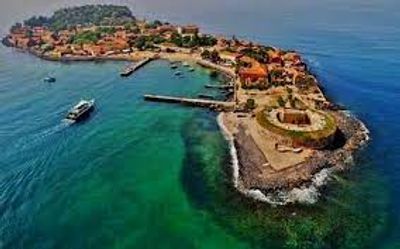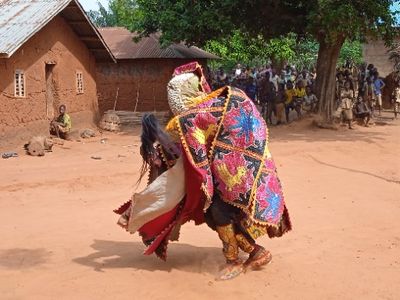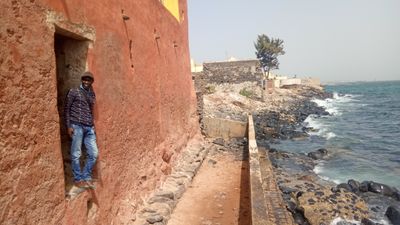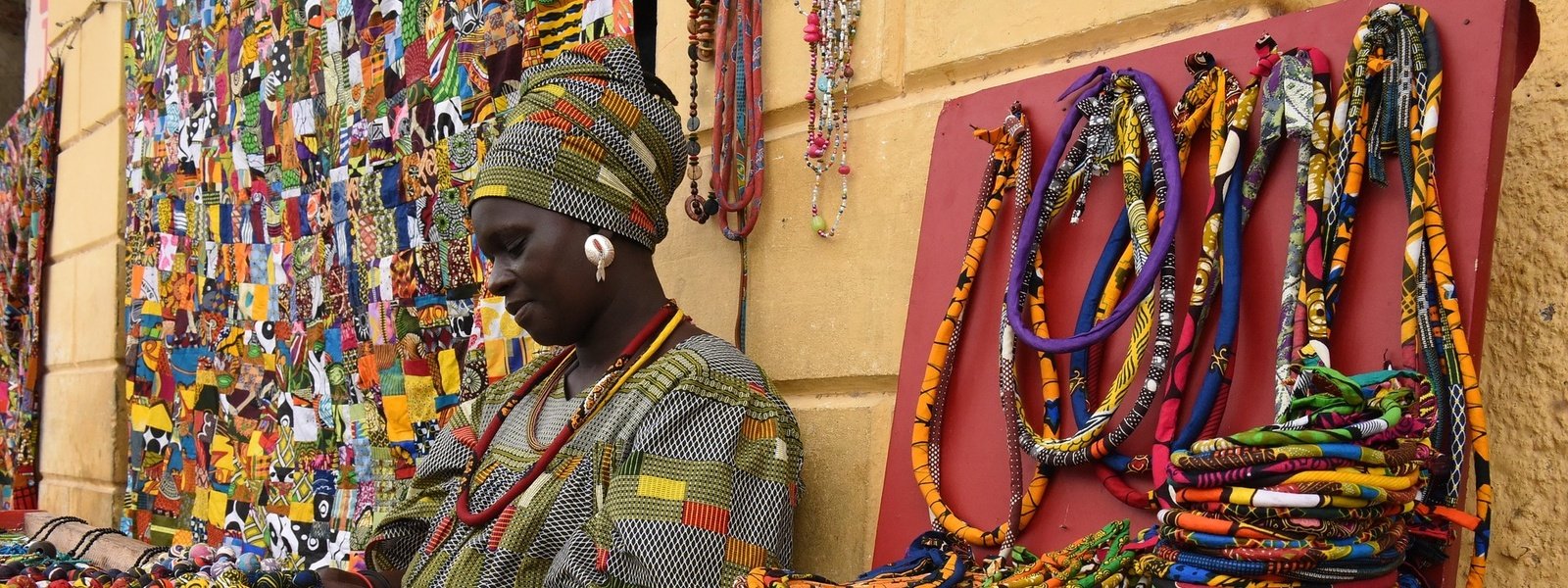
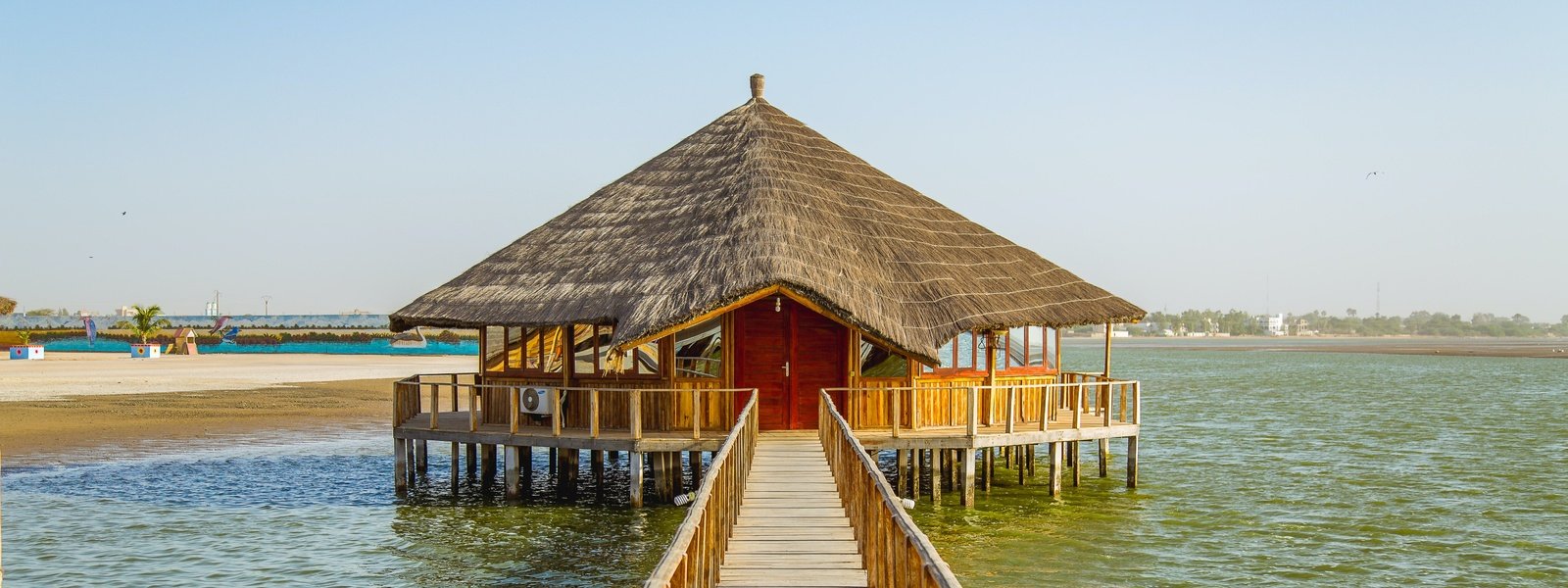
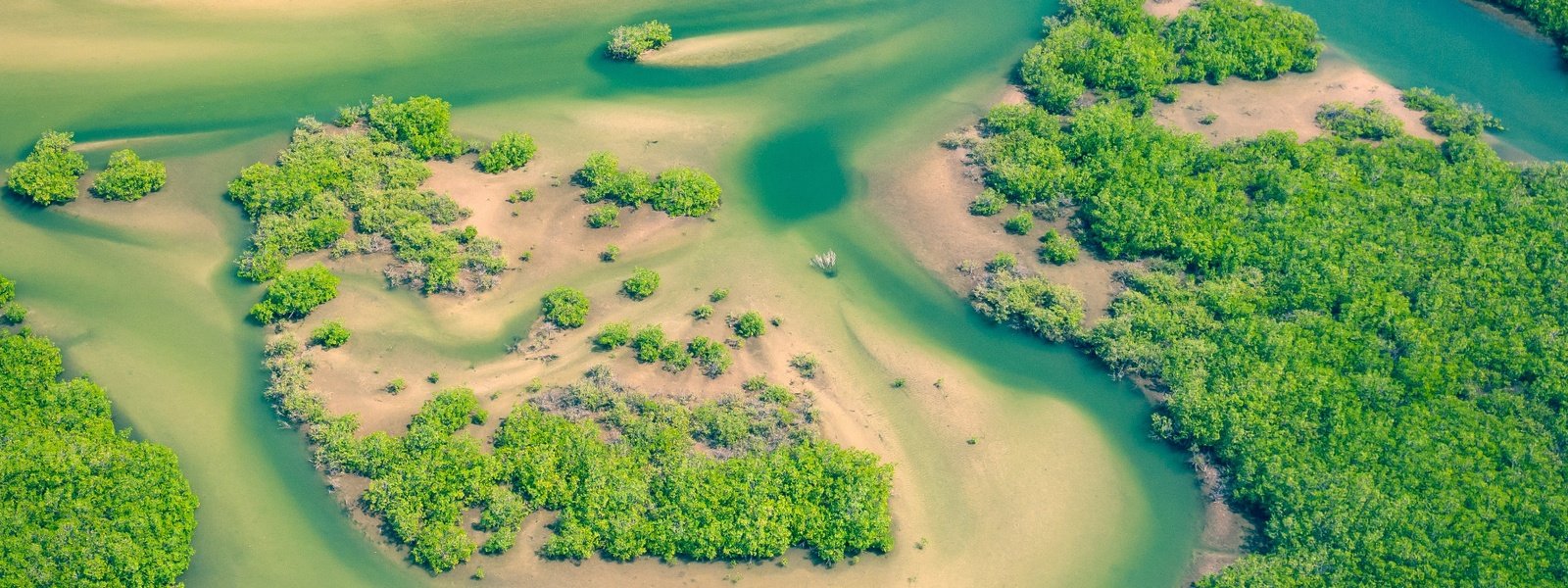
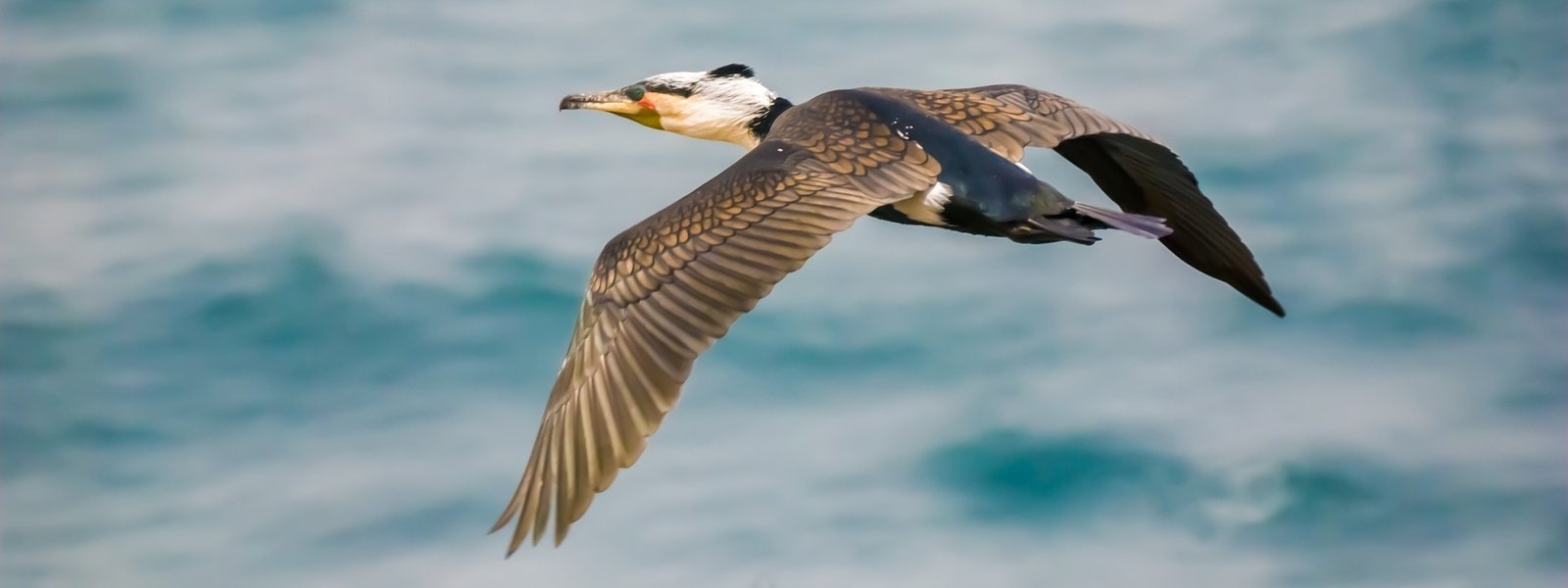
Senegal
Sine-Saloum Delta
The Sine Saloum Delta is where the Saloum Rivers meets the Atlantic Ocean. Since 2011 a total of 145 811 hectares is considered a UNESCO World Heritage site, most of which belongs to the Saloum Delta National Park. The delta creates a very unique ecosystem with extensive biodiversity. Some of the most characteristic natural features of the delta include: diversified channels (saltwater canals) creating swampy islands, massive Mangrove forests and the Atlantic marine environment, which supports bustling fishing towns and villages dotted alongside the channels. The area’s world heritage recognition comes from its value as a cultural landscape; in fact there are more than 200 unique shell middens connected to prehistoric peoples. Extensive studies are still ongoing to uncover further secrets about these historic cultures and ancient settlements along the West African coast.
Lifestyle
The men's traditional occupation is fishing in the offshore waters with their huge, colorful hand-made boats (also called pirogues), while women traditional occupation is oyster harvesting; swamp oysters grow massively on the mangrove roots and are harvestable at low tide.
Villages and towns
The people inhabiting the Saloum Delta, have been wonderfully adapted to this special environment and maintain a sustainable relationship with nature. The Serer people arrived to the area around the 13th century and formed two kingdoms; Sine and Saloum. The two kingdoms shared their culture and traditions and welcomed other tribes arriving to the area. The Sine-Saloum Kingdom was one of the longest surviving African kingdoms, they maintained the monarchy also during the colonial period and only joined Senegal after it received its independence in 1969.
The Sine-Saloum Delta, Photograph: Macu Cristófol y Sel /Flickr
Over 200 man-made shellfish mounds are reminders of even earlier human activities, some of these served as ancient burial sites, while others served tactical reasons in fishing or managing the water. Getting to know the area better, one can visit the thriving villages and towns dotted along the channels. Djifer is a rustic fishing village, and a great starting point for if wanting to visit some town deeper in the Delta; little fishing villages of Dionevar or Niodior. Ndangane is a rapidly growing village, better known by tourists. The village is divided into two main parts; one is filled with bars, stores and eateries and crafts shops, while the other part is seldom visited by tourists; it's a traditional fishing village with around 1000 inhabitants. In Ndangane one shouldn't miss a boat trip deeper into the delta, where the rich wildlife and the nature of the delta can truly be enjoyed. On the island of Mar Lodj is one the biggest island in the delta and home to 4 villages, the biggest ones are Mar Fafako and Mar Lothie. The island is moist woodland and savannah, an ideal vegetation for rich birdlife. Another small town is Toubacouta among tall mangroves is probably one of the most beautiful villages in the delta. Palmarin is actually one the largest delta towns with its nice palm tree lined beaches and wide range of accommodations, it is an ideal starting destination to encounter the delta. Foundiougne is a fishing town, known for its ferry ride; the ferry provides connection between the northern and southern parts of the delta. Just view itself worth the short, 10 mins boat ride.
Colourful Boat at the Sine-Saloum Delta, Photograph: shanthi.manian /Flickr
Wildlife
Birdlife Sine-Saloum, Photograph: John Crane /Flickr
For wildlife enthusiasts the Delta has a lot to offer it is plentiful in wildlife, especially birdlife; the moist woodland and savanna provide home over 100 species of bird including dwarf flamingoes, spoonbills, Abyssinian roller, pelicans, herons, egrets or palmnut vulture. By going on boat trips and exploring the inside of the delta is likely the best option for birdwatching. Certain parts of the delta are also serve as an important wintering habitat for European migratory birds, if visiting in the wintertime you can see for example storks, spoonbills, oystercatchers or curlews. However the dry forest area of the delta is also great for game watching; monkeys and warthogs are easy to spot in the forest, while Buffalo, white rhino, giraffes, antelopes and the giant Derby eland can be seen in the wildlife reserve parks. From the sandy beaches at the shore dolphins are also common to see.
Birdlife Sine-Saloum, Photograph: Jean-Marc Liotier /Flickr
For sure the Sine Saloum Delta has a lot to offer for travelers who are wanting to explore this watery wilderness, and are interested in the lifestyle of the people populating the fishing villages and towns and having a harmonic relationship with the water here.




